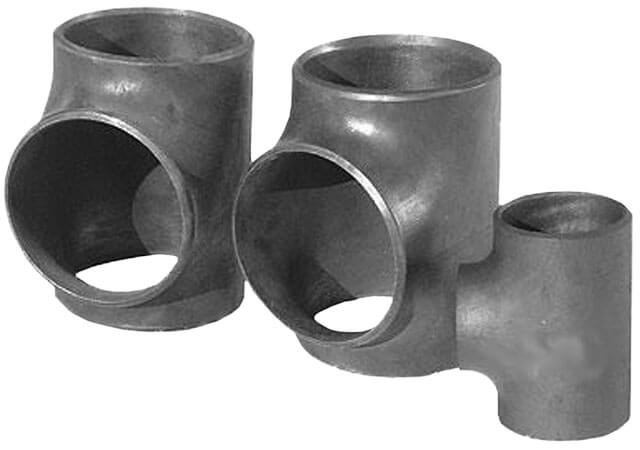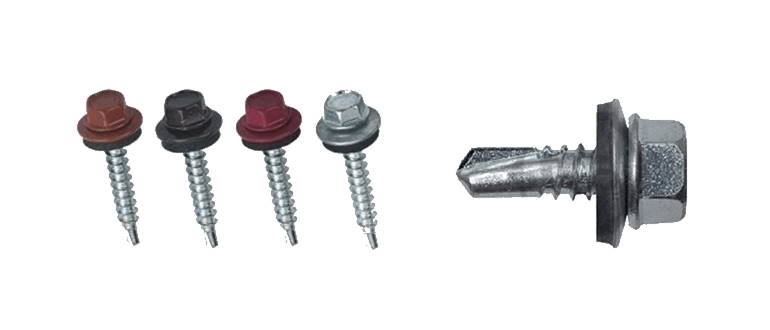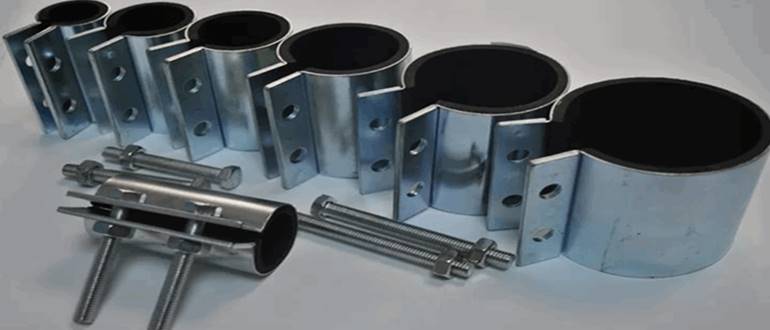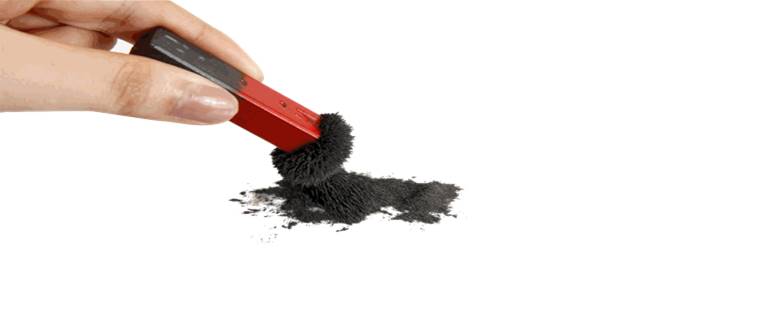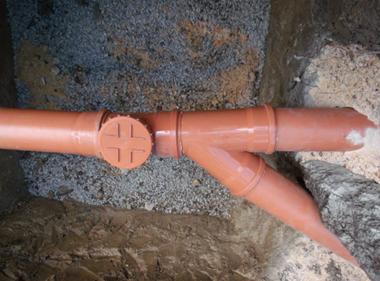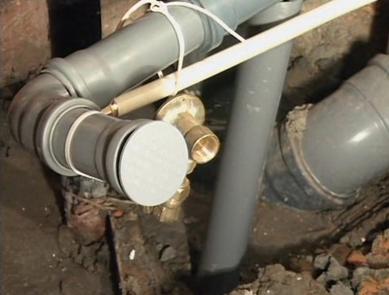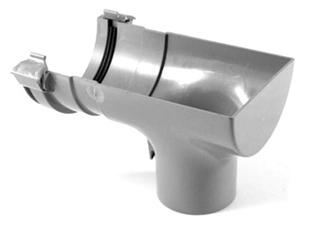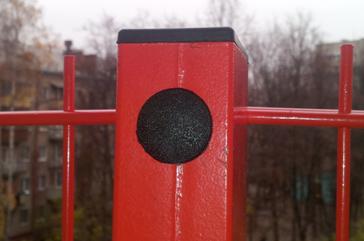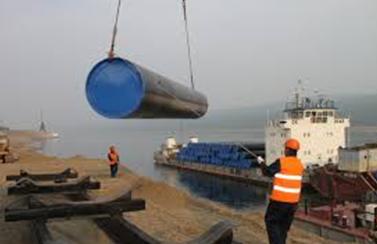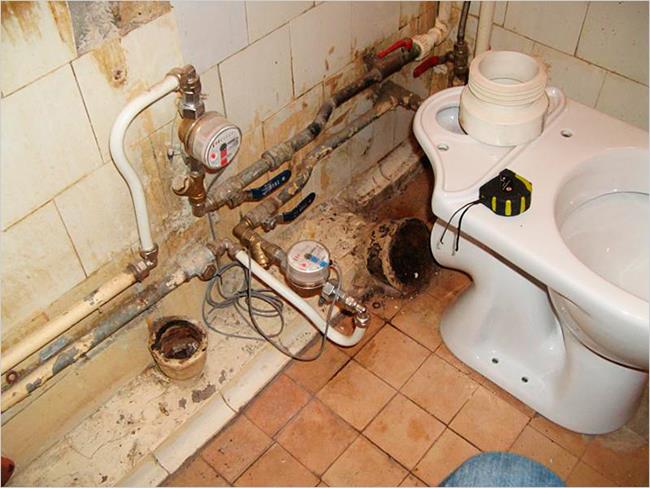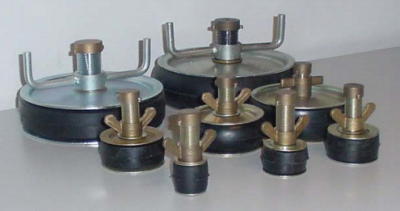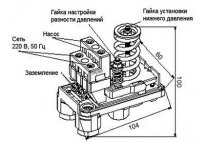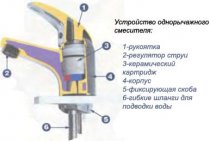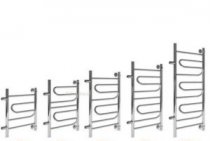How to unscrew a broken faucet eccentric from a plastic pipe.
How to unscrew a broken eccentric from a plastic / steel sleeve or water socket?
In the work of a plumber, we often have to change faucets on a bath or shower. Often mixers are mounted on old metal pipes and mixer eccentrics are screwed into cast-iron bends. But when trying to unscrew, such an eccentric often breaks and part of the thread remains in the cast iron branch. Therefore, just as often the thought arises, why did I sign up for this at all?
At the same time, you can panic and swear at everyone, or you can miss such a moment if you prepare for it in advance. For example, we decided to change the mixer, this is plan A.
For its implementation, we prepare the necessary material and tools. But suppose that our plan was interfered with and the threads broke off and remained inside.
But picking out part of the thread will be plan B. Thus, in order not to waste nerves, you must also prepare for plan B. And if this plan matures, then you can easily implement it, and then implement plan A. And everyone will be happy.
In order to unscrew a part of the thread from almost any fitting, there are two main methods. Rather, the use of one method or another depends on the quality of the broken part of the fitting thread.
If the fitting is of good quality, but it sticks firmly and breaks off when unscrewing, then you can unscrew it by picking up a chisel or a wide screwdriver, slightly larger than the internal size of the fitting. With a light blow of a hammer, we hammer the chisel, for example, into the fitting and try to unscrew it, as an option, with a gas wrench. But this method is suitable for not very stuck or freshly twisted threads.
Otherwise, proceed as follows. With a hacksaw blade for metal, we cut the broken thread from the inside out to the thread of the fitting in which the thread is stuck. At the same time, we make four washed down with a cross. Now we try to unscrew if the thread is fresh.
If it boils, then we take a flat screwdriver, which can be hit with a hammer and break off the sawed pieces, trying not to damage the thread of the fitting, from which we remove the broken piece.
But before that, for insurance, you can insert a piece of matter inside the fitting, but with the possibility of its further extraction. This must be done so that the broken pieces do not fall into your pipeline and subsequently clog the mixer or other device.
This is a universal method and it is suitable for most threads of various pipes, including plastic ones, and is also suitable for cast iron plugs.
This is not taught in plumbing school. Many will reach it themselves or have already reached it. I decided to describe this technique because I consider it one of the most unpleasant things in plumbing. And I was terribly angry with this situation that happened to me at the dawn of my career.
Fortunately, you all have a head on your shoulders. It remains to sharpen your hands correctly and always have a good park of tools with you to solve almost any task. After all, as they say in the East: Perfection consists of small things, but perfection is not a small thing!
We can summarize. To unscrew a part of a stuck external thread in an internal fitting, you must:
- Close the hole with a cloth to prevent thread fragments from entering the pipe.
- Cut the thread in a cross cut to the thread of the inner fitting.
- Break off the notched parts with a hammer and a flathead screwdriver.
-To go through the damaged thread with a 1/2″ tap
- Screw in the new eccentric.
It is also worth noting that in order to carry out these works, it is necessary to have at least the slightest plumbing skills, because, by overdoing it when cutting, you can ruin the thread of the internal fitting (coupling, bend), and then you can’t do without dismantling the tile and replacing the pipe section.
In case you are not sure about yours and do not have all the necessary tools, our professional plumbers are at your service! By calling us by phone in Arkhanglsk: 8-952-252-47-30, our specialist will promptly come to you and competently unscrew the broken eccentric, and also, if necessary, help with the installation of a new mixer.
Tees for metal pipes
With the help of tees, additional branches can be connected to the pipeline, thereby creating more complex communication networks. A tee, as the name implies, has three branches. Depending on the purpose and working features, transitional and equal tees are distinguished, and they are produced in two forms - ordinary and combined.
For the manufacture of tees, both different grades of steel and polypropylene can be used. Both the first and the second are popular, but more questions arise with metal products. Steel tees can be threaded or welded. Fixing a tee with a thread is somewhat easier, so this method is often chosen if you want to save a little time and effort.
When choosing a tee for your own pipeline, you need to start first of all from the steel grade and the method of fastening the device. An important point is the technical characteristics of the tee - it must withstand the workload without any problems.
A variety of tees allows you to choose the best option for each case. For example, for angled branches, you can select a fitting that has 30, 45, or 90 degree elbows.
If the pipeline will operate in aggressive environments or chemically active substances, then you should stop your choice on devices made of lightly alloyed carbon steel. The fact is that such material gives the finished product a high degree of resistance to corrosion and aggressive substances, and also ensures durability and reliability.
Conclusion
Metal plugs for pipes have a lot of varieties, so there will be no problems with the choice - there are locking elements for each case. By selecting high-quality materials, it is possible to reliably and safely close any pipes.
Protective and decorative devices
Plugs of this type are used in furniture production and as protection of metal structures from moisture and other negative factors. Polyethylene products usually cover the ends of the profiles during transportation (pipes with threaded threads are especially in need of this).
Plastic products
Plastic plugs, which are used in furniture production, protect not only furniture, but also the interior decoration of rooms. For example, the legs of chairs, armchairs and other interior items with plastic tips do not damage the floor and make the furniture attractive.
The use of plastic locking fittings is also advisable when constructing fences from various profiles. Such a fence acquires a finished look and is reliably protected from corrosion.
Rubber fittings
Rubber parts perform an exclusively protective function. If they cover the ends of various risers, they will not get garbage, leaves, rain and snow. The strength of rubber plugs is inferior to products made of polymers and steel, but attracts with its cost.
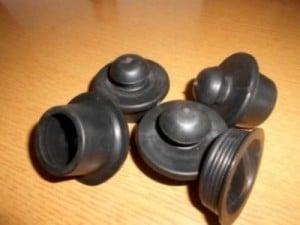
Steel elements
The simplest version of such a plug is a plate that is welded to the end of the fence posts. Then it is cut to size of the structure and polished. For reliability, the part is coated with a primer and painted. To give the element a decorative look, the plate can be supplemented with a figured decoration - a ball or a decorative forged casting.
Thanks to a wide range of locking elements, you can not only solve the problem of how to plug a water pipe, but also improve the appearance and protective qualities of the fence and interior decoration of the house.
The main thing is to decide what is important to you - durability or beauty.
Add a comment
How to fix a leak in a pipe mechanical methods
There are various methods using improvised materials to close the damage in the pipe.
Seal up a leak in a metal pipe using a self-tapping screw.
In the event that on a metal pipe with a wall thickness of more than 3 mm. a small hole of a “drip” type with a diameter of up to 3 mm was formed. you can use a regular self-tapping screw with a rubber washer:
- The surface around the damage that has occurred should be cleaned of rust with a file.
- Then a self-tapping screw with a rubber washer is screwed into the hole, so that the protruding part of the self-tapping screw inside the pipe is minimal. For work, it is better to use a screwdriver or an electric drill.
In order to avoid damage to the tool, a screwdriver with a built-in battery wrapped in polyethylene should be used.
Seal a leak with a diameter of more than 3 mm in a metal pipe.
If such a problem arises, the risk of an emergency increases and most likely a screwed screw, if it helps, then not for a long time, but you can try screwing several screws into one hole. In this situation, it is better to use a bolt, having previously made a thread for it in the hole that has arisen. As in the previous case, a rubberized washer should be present on the bolt, and its exit above the inner surface of the pipe is minimal.
In the event of damage of a small diameter, you can use a conventional metal clamp. The clamp is selected according to the diameter of the damaged pipe.
In a situation where there are several leaks located close to each other on a straight section of the pipe, it is more effective to use a wide clamp.
How to close a leak in a metal pipe or battery using a magnet.
This method is suitable for small diameter damage (about 1 mm) on a metal pipe:
- The surface around the damage is cleaned with a file or grinder.
- A small magnet is attached to the hole
Areas of application for plastic plugs
Plastic pipe plugs can be used:
- in plumbing during the construction and use of pipelines. The most commonly used fittings are:
Plug on the section of the pipeline intended for system revision
as a temporary limiter. For example, a partially built pipeline needs to be put into operation urgently. With the help of a plug, you can cut off one branch of the highway from another;
A plug that temporarily restricts the passage of water
fitting installed at the end of the pipe. For example, when installing storm drains around the house;
Cap for storm gutter installed around the perimeter of the roof
in the event of a pipeline break, so as not to completely stop the supply of water or sewage;
- plastic plugs for profile pipes are used in the manufacture of furniture. For example, to protect the floor covering from wear due to the legs of the table and chairs;
Plastic devices used in the manufacture of furniture
- in the manufacture of fences or other products where poles or profiles are used. Plastic plugs for pipes and profiles can serve to protect the structure from clogging and simply as decorative elements;
Fitting to protect the fence frame from clogging
- as protective elements during pipe transportation.
Fittings used to protect pipes in transit
A wide range of applications and various forms of pipes is due to the production of a large range of plastic plugs.
Fitting selection rules
To optimally select a plug, you need:
- determine the section of the pipe. Each fitting should correspond as much as possible to the diameter of the pipeline if a plastic plug is selected for a round pipe, or the length and width of the pipe with a rectangular (square) section;
- choose the appropriate material of manufacture. For example, a cap for HDPE pipes must also be made from low-density polyethylene;
- determine the required level of reliability of the stub.For temporary fixation of the pipe fit fittings clogged manually. To make a more secure fixation, plugs with a threaded connection or installed by welding are used.
Compliance with the simplest rules will allow you to choose the fitting for any situation as correctly as possible, even by a person who is not a specialist.
How to choose a plug for a square pipe, you can watch the video.
How to remove the plug from the sewer yourself video
Recently, more and more employees of the management company use the method of influencing the non-payer of utility bills by limiting the supply of services. Sewer plugs for non-payers, which limit the volume of the pipeline, are becoming one of the impact measures. The appearance of a plug leads to the accumulation of fecal masses that do not move along the pipe, and the vertical main risers remain functional, they remove sewage from other apartments.
According to the installers, this method of influence should encourage the debtor to pay. However, many people do not agree with this and are looking for other methods to solve such a delicate problem.
Plug installation process
The specialist inspects the sewer system, counts the number of risers in the defaulter's house or apartment, understands the scheme of the internal waste collection system. After evaluating the design, the specialist selects a place for installing the plug (as a rule, this is an intra-apartment pipe), determines the area for entering the drain system and installing equipment.
Removing the plugs is a labor-intensive procedure, since their installation is carried out from the roof with special probes with manipulators. The installation has a camera, thanks to which the operator accurately installs the device in the required sewer hole.
They can also be installed to protect nozzles during repairs or before transportation so that the structure is not damaged.
Connection of pipes without welding and thread. How to plug a pipe without a thread
MiscellaneousHow to plug a pipe without a thread
Without threading
There are situations when threading a metal conduit is not possible. For example: you change the emergency faucet in the apartment, and it just falls off along with the corroded threads on the pipe. The remaining piece (a piece of pipe) does not make it possible to re-thread the thread with a screw, there is simply not enough space. The only way out is welding, but it simply may not be at hand, and welding in the apartment is still a pleasure.
I had a similar situation, so I offer my own solution to the problem.
Materials required for work:
- Coupling with external (internal) thread for propylene pipes of the diameter that suits you.
- Clamp clamp (as in the picture below).
From tools:
- Bulgarian
- Electric hair dryer
- Hacksaw or just a hacksaw blade
Illustrative installation diagram
Enlarge fig.
Installation:
We cut the pipe evenly, chamfer along the outer diameter of the pipe, with a grinder or a file for metal, this is if it is not possible to get close with a grinder.
We put the clamping collar on the pipe, make transverse cuts, grooves on the pipe - with a hacksaw. This will contribute to a more reliable coupling of the clutch.
We heat the pipe as much as possible with an electric dryer and immediately proceed to warming up the inside of the landing sleeve to a characteristic softening. Then we quickly seat the coupling on the pipe to the stop. We put on the clamping clamp, and until the coupling has lost its elasticity as much as possible, but without fanaticism we crimp the coupling by tightening the adjusting screw.
We are waiting for complete cooling, we twist the plug onto the coupling and supply water to check the working pressure, if the coupling does not flow, then your installation was successful.
At the time of writing, the couplings mounted in this way are three years old.
Attention!
It should be noted that such a solution should be applied as a temporary measure.The problematic plumbing system should be replaced with a new one using modern materials.
Happy installation!
Evgeny Novikov
Masstter.com project expert
Did the article help you?
Let us know - rate it
Loading…
masstter.com
First, decide what kind of pipes they are, what diameter they have.
https://www.youtube.com/watch?v=G8doFlh4zxQ
Plugs can be both with an external thread ("daddy") and with an internal one.
Threaded tees can have both external and internal threads.
If this is a tee of a water pipe with an internal thread, then I advise you to buy a male plug with a gasket ring,
it is easier to install than a plug without a gasket on which the fum tape is wound.
We twist the plug into the tee, tighten it with a key, but without any extra effort.
If at the exit of the tee and the pipe "dad", then we buy this
a plug with an internal thread and again better with a gasket.
Screwed on the thread and clamped.
If this is a polypropylene pipe, then you need such a plug for a soldering iron.
We heat both the pipe and the plug with a soldering iron nozzle and solder it, the warm-up time depends on the diameter of the pipe.
If this is a sewer tee, or you need to drown out a socket sewer pipe, then you need such a plug.
If this is a metal pipe and there is no thread on it, then we pre-cut the same thread under the threaded plug.
This is where a cutter is needed.
If the plugs are not for “soldering”, that is, threaded, but without gaskets, then the thread must be sealed with fum-tape.
The fum is wound on the “dad”, that is, either on the pipe, or on the external thread of the fitting, or on the external thread of the plug, if the plug is “dad”.
www.remotvet.ru
In the Technique section, to the question of how to plug a water pipe without welding and threading? given by the author Vladimir Elin the best answer is There are special plugs of different designs, see link
Reply from 2 replies
Hey! Here is a selection of topics with answers to your question: how to plug a water pipe without welding and threading?
Answer from Yergey Mikhailenko To hammer a wooden cap into it!
Answer from AlevtinOur galaxy is located almost in the center of the universe. "Almost" - from the fact that the center of the universe is not in the center of the galaxy, but in one of its side arms, on planet Earth, and exactly where I am sitting and typing this answer
